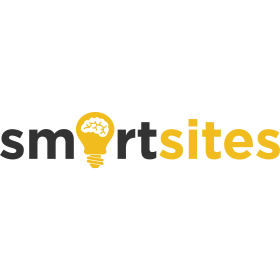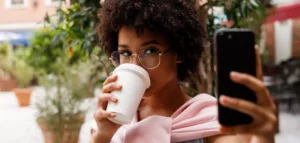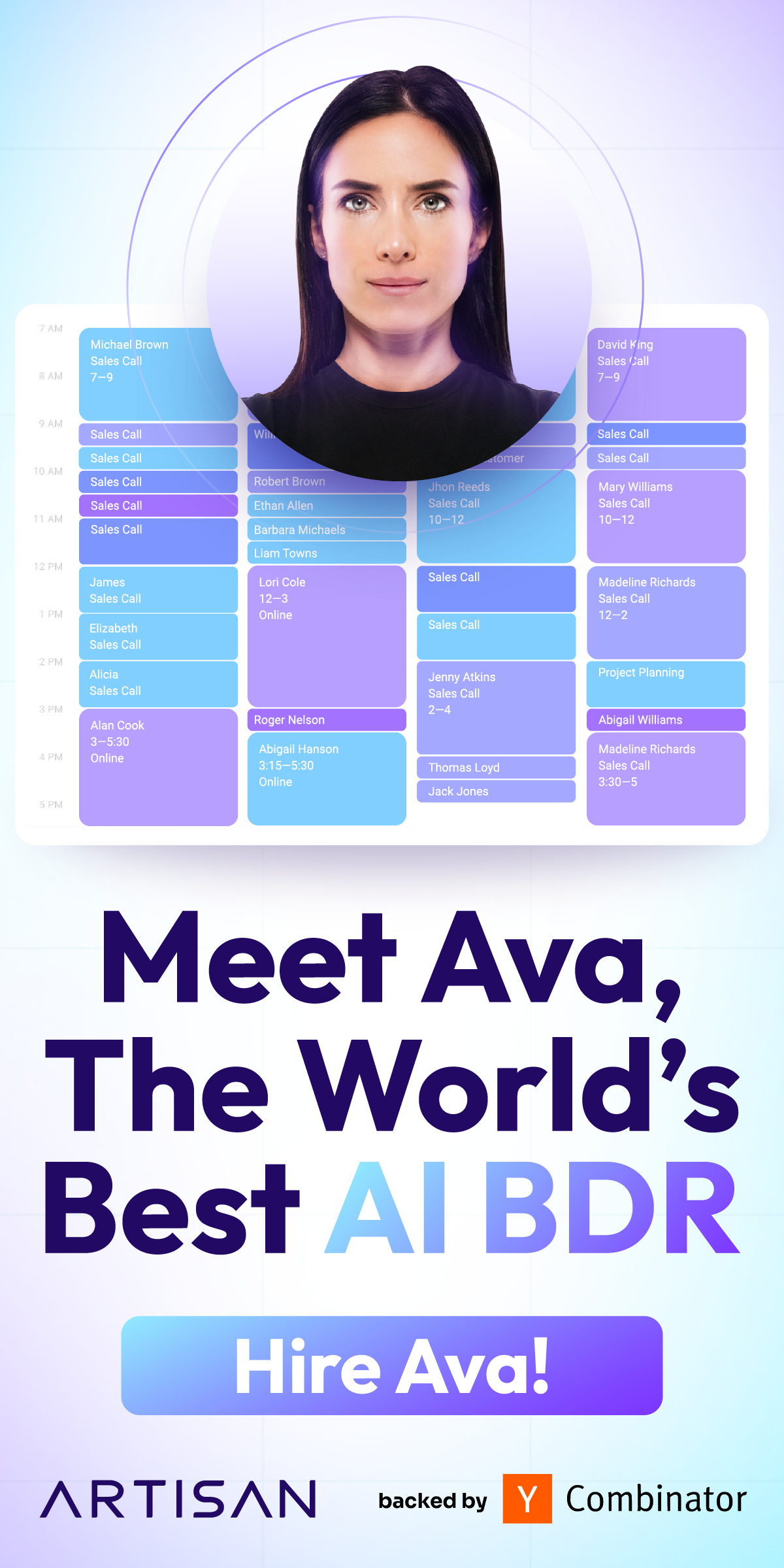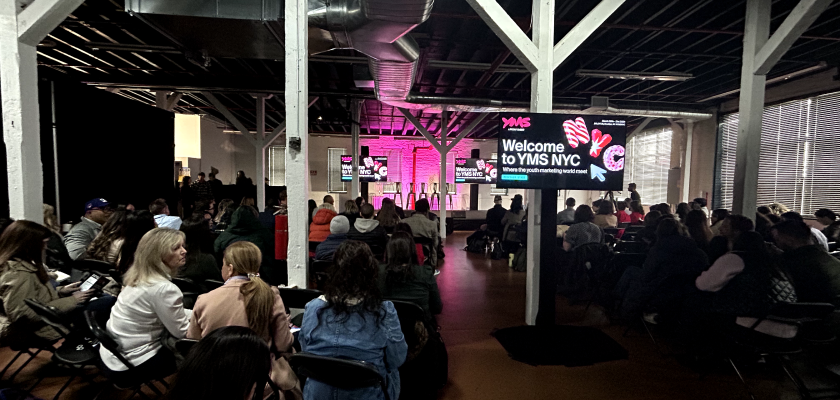
Beyond the Hype: Mastering the Art of Gen Z Marketing
The Youth Marketing Strategy Festival in Brooklyn kicked off with a bang. Professionals from American agencies, as well as marketers from large brands, shared all their knowledge on Generation Z, how to reach them, and the marketing tools and strategies …

20i Launches Agency Hub: An Integrated Client and Project Management Tool
20i launches Agency Hub, a free all-in-one platform for agencies to manage clients, projects, invoices, boosting efficiency & streamlining workflows.

Cybersecurity Incidents of December 2023
December 2023 was quite the month for cybersecurity incidents, touching almost every corner of the digital world. From ransomware attacks that left companies scrambling to cyber attacks that showed just how wide and varied the threats are, a lot happened. …

The Biggest Digital Trends of 2024 According to Experts
Google’s Search Generative Experience, first-party data, economic challenges, and of course AI… award-winning agency The SEO Works reveals what to expect from the digital world in 2024! Last year, global digital advertising spending hit over £325 billion – accounting for …
Iconosquare Announces the Launch of New AI-driven Content Inspiration Tool
Iconosquare is delighted to announce the launch of a new AI Content Inspiration feature. This new feature, powered by Open AI’s Chat GPT 4, is perfect for social media marketers who are feeling creatively blocked and need an injection of …
Unlocking Creativity: Iconosquare’s new AI Inspiration Feature Revolutionizes Social Media Content Creation
Iconosquare’s AI caption and AI content inspiration tools are the perfect companions for social media marketers.
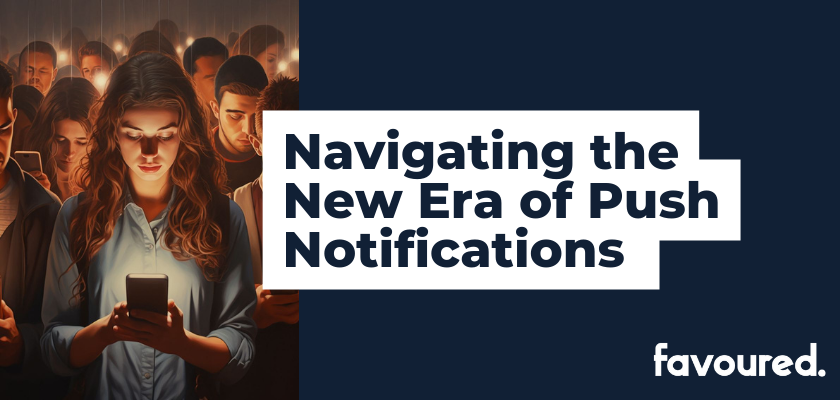
A Forward-Thinking Look at Push Notifications: Bespoke Quality, Curated Content, and Intelligent Engagement
In the bustling digital world of today, the relentless bombardment of information is, at times, rather overwhelming. Push notifications, the communication tool in all app marketer’s suite of communications, have transformed the way we engage with our audiences. Nevertheless, the …

Can AI Be Used to Help Save the Planet?
Artificial intelligence is having an increased presence in automating how human beings live their lives and now it’s set to play a pivotal role in efforts to mitigate climate change and preserve the environment. There is no one-size-fits-all solution to …
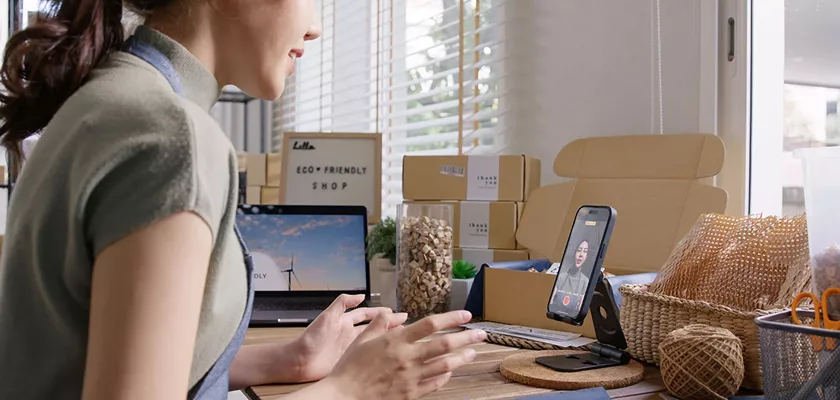
YouTube vs Tiktok – The Creator Dilemma
Social media giant TikTok is testing a new update with select users in select regions which gives users the option to increase the upload limit on the app from 10 minutes to 15 minutes. This increase in video length offers …
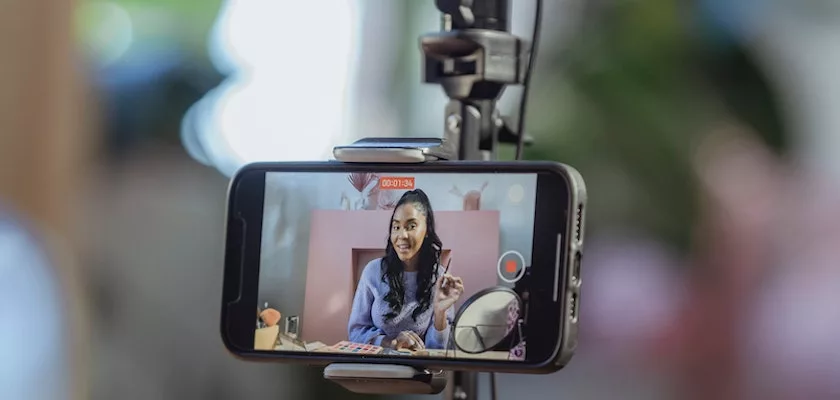
The Future of Influencers
London-based digital marketing agency Influence Digital dives deep into the future of the influencer industry.

Vendasta Introduces Reputation Management Premium: Elevating Online Reputation Management with AI-Driven Innovation
Harnessing AI’s power for unmatched reputation excellence – Vendasta’s new product boosts local business visibility and elevates local search rankings. Vendasta, a leading name in digital marketing solutions, is excited to unveil its latest product, Reputation Management Premium. While building …
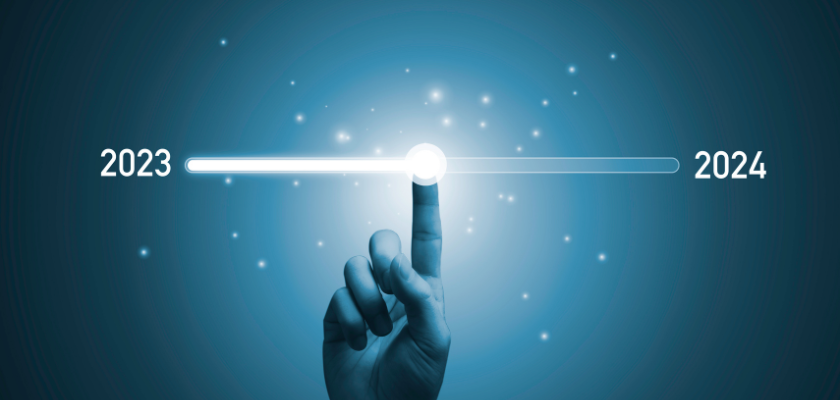
Crowd’s Trend Predictions for 2024
Explore the future of digital marketing with insights from Crowd, and get ahead of the curve as they unveil their trend predictions for 2024!


